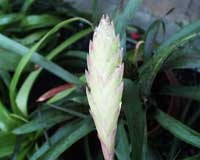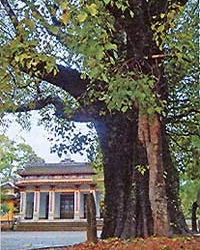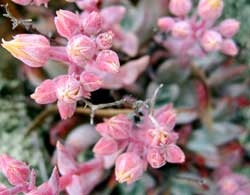This World is Full of Strange Stories: Why Can’t Watermelons Grown in the Desert Be Eaten?
Whether in ancient or modern times, everyone loves watermelon. Summer wouldn’t feel complete without a slice of cool, sweet, and juicy watermelon.
Eating watermelon while sitting under a porch with a fan, listening to the chirping of insects, is truly enjoying the summer months.
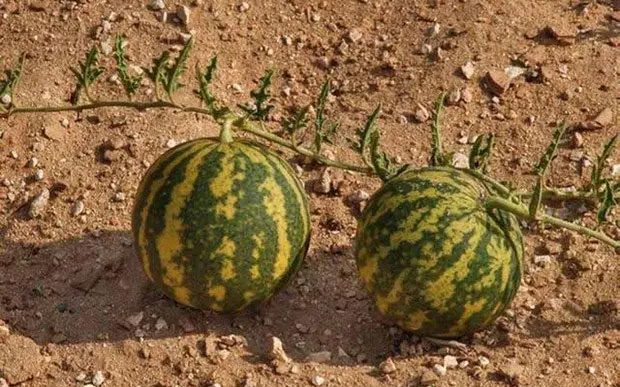
Medicinal Watermelon.
However, when this fruit grows in the desert regions of China, no one seems to care. Watermelons grow plentifully in the fields, but despite the scorching sun and parched throats, no one dares to pick them. Why is that?
We all know that deserts are extremely arid, surrounded by sand. Many people today still choose deserts as travel destinations. However, there was an unexpected incident involving a tourist during a visit to the Gobi Desert, a vast arid area in Northwest China and Southern Mongolia.
While strolling around, the tourist accidentally discovered numerous watermelons growing in the sand. Upon closer inspection, he noticed they were somewhat different from regular watermelons; they were quite small, round, with a green and yellow striped skin growing in the sand.
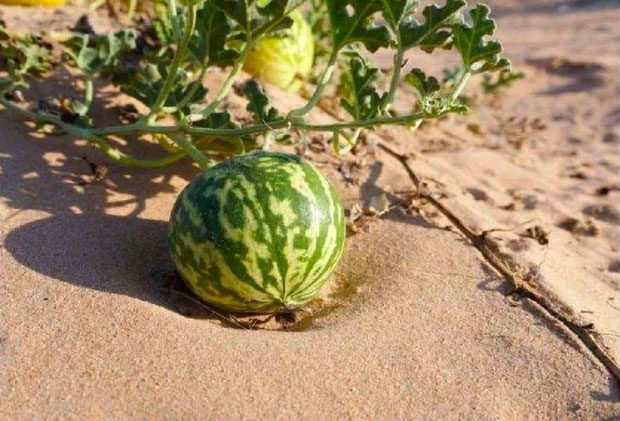
These watermelons grow in the sand and appear slightly different from regular watermelons. (Image: Kknews)
Feeling thirsty and curious, the young man didn’t hesitate to cut one open to eat. Unexpectedly, he suffered from poisoning and diarrhea. Fortunately, he received timely medical attention and escaped the clutches of death.
After he recovered, doctors informed him that what he had eaten was a type of watermelon known to originate from India, commonly referred to as bitter gourd or medicinal watermelon. This type of watermelon is scientifically named Citrullus colocynthis. It grows in sand rather than regular soil and is quite common in India, South Asia, and North Africa…
The flesh of this watermelon variety is white, with red seeds inside. Unlike the refreshing, sweet taste of regular watermelon, it is very bitter. When immature, its outer skin is smooth, green, and striped with yellow. When ripe, the skin turns pale yellow.
Notably, this type of watermelon is a medicinal herb effective in treating diabetes, high blood pressure, liver disease, psoriasis, kidney stones, reducing swelling, pain, constipation, toothache, and rheumatism.

This bitter gourd is often used to make medicinal treatments. (Image: Kknews).
Additionally, it is believed to have cancer treatment properties. However, eating it fresh after picking can easily lead to poisoning as all parts of the plant are toxic, causing symptoms like headaches, diarrhea, kidney failure, and even death.
The price of regular watermelon ranges from 15,000 to 20,000 VND per kilogram, while bitter gourd is much more expensive, usually sold for several hundred thousand VND per kilogram. Most people buy bitter gourd for medicinal purposes. In China, locals grow bitter gourd to collect the seeds after proper processing.
After modern scientific research, experts found that the components of this type of watermelon are more suitable for use as a pesticide. Consequently, local farmers have adopted this method, which is cost-effective, efficient, and importantly, environmentally friendly.
The most valuable part of the watermelon is its seeds. After being dried and processed, the seeds can be used as a laxative, widely utilized since ancient times.
The dried rind of the watermelon also has stomach healing properties. However, medicinal watermelon is not widely cultivated, resulting in very low production.
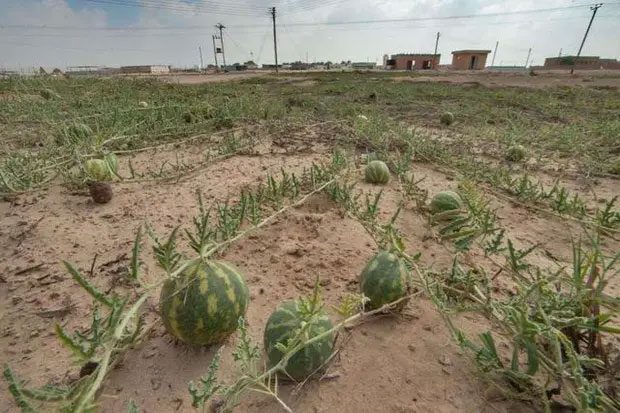
Medicinal watermelon also plays a significant role in windbreak and sand prevention.
Aside from its economic value and medicinal uses, medicinal watermelon is also very effective in windbreak and sand prevention. As it only survives in the desert, its root system develops well, withstands drought, and is not afraid of water scarcity.
As a naturally occurring fruit-bearing plant, medicinal watermelon is a miraculous species. It can survive in harsh environments, deceiving humans and other animals with its “delicious-looking” exterior, appearing as a refreshing treat in the scorching desert, but ultimately, one pays a high price.








































